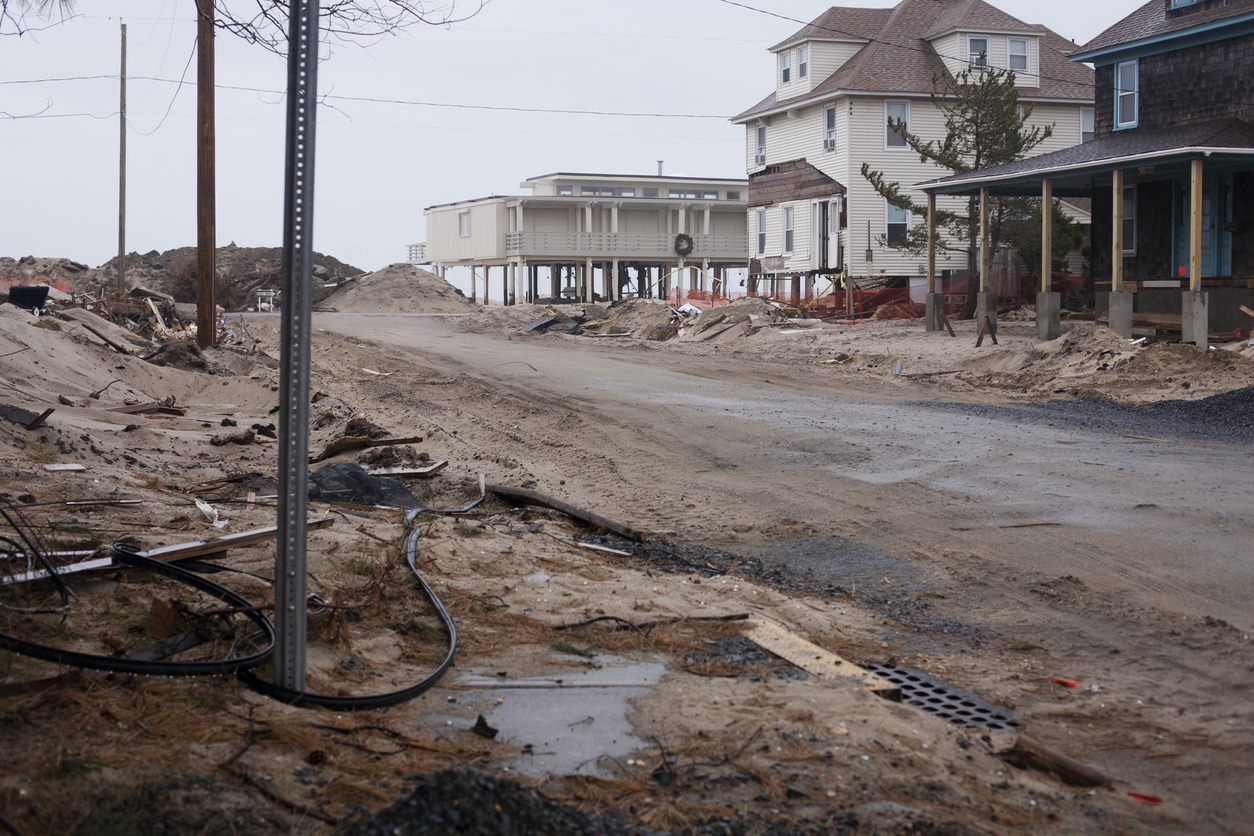
Excess flood insurance is a policy that some homeowners need to protect themselves from catastrophic losses in the event of a significant and devastating storm. The right insurance protects you from financial losses you may sustain from damage or loss of your home and personal belongings. The insurance policies you require depend on where you live and the risks of the area. Flood Insurance is an essential policy for homeowners living in an area with a high risk of flooding. Consequently, a standard homeowners’ insurance policy does not cover high-risk areas.
What Is Flood Insurance?
Flood insurance is a federal government program that FEMA administers. Likewise, homeowners can purchase a policy from an insurer that provides plans through the National Flood Insurance Program. The NFIP uses a formula to calculate policy rates based on the level of risk. Furthermore, this coverage is optional. But the cost is worthwhile for homeowners with property near the coast, along a river, or in other locations prone to flooding. Ultimately, obtaining a home loan from a lender is also sometimes required.
What Is Covered With Flood Insurance in New Jersey?
You select the level of coverage you want for your policy. Likewise, limits differ for the structure, which is a maximum of $250,000, and for the home’s contents, up to $100,000. NFIP-backed flood insurance policies cover the roof and exterior walls of the home as well as the detached garage. It also covers most heating and cooling systems and electrical and plumbing systems. Furthermore, it also provides coverage for large appliances. The coverage on personal property includes furniture, electronics, clothing, portable appliances, and books.
It’s essential to understand your policy’s terms and specified coverages, as various limitations apply. There are several examples of this. Ultimately, it does not cover preventable damage due to the homeowner’s fault or neglect, such as mold growth. It also does not cover the land where the house is, erasing the possibility of erosion coverage. Also, it does not cover damage from earth movement or damage to outer structures and possessions, such as cars, fences, and pools.
Read your policy in full before signing, and always ask for clarification from your insurance provider.
Distinguishing Between Primary and Excess Flood Insurance Plans?
Excess flood insurance coverage goes beyond what the government’s policies provide. Also, private insurers often offer this, providing additional coverage for homeowners with high-value homes that would cost more than the NFIP limit of $250,000 to rebuild. Rates for excess flood insurance depend upon the coverage limits you select and your risk level.
How Much Flood Insurance Do I Need?
You should strongly consider flood insurance if you live in a Special Flood Hazard Area (SFHA). Additionally, if you have a mortgage and reside in one of these areas, this coverage is likely a requirement. The amount you require depends on the value of your home. Also, consider purchasing enough insurance to cover the cost of rebuilding or at least the remaining cost of your home mortgage. If either of these exceeds the limits of the NFIP, you must look into excess flood insurance plans to protect your investment.
Flood insurance provides peace of mind to homeowners at risk of flood damage. Furthermore, the monthly premium price is minimal when you consider the cost of paying for damages or total home loss out of your own pocket.
About Provident Protection Plus
For more than 65 years, Provident Protection Plus has served the businesses and residents across several states nationwide. Today, we are a wholly-owned subsidiary of Provident Bank, the region’s premier banking institution. To learn more about our coverage options, contact our specialists today at (888) 990-0526.



